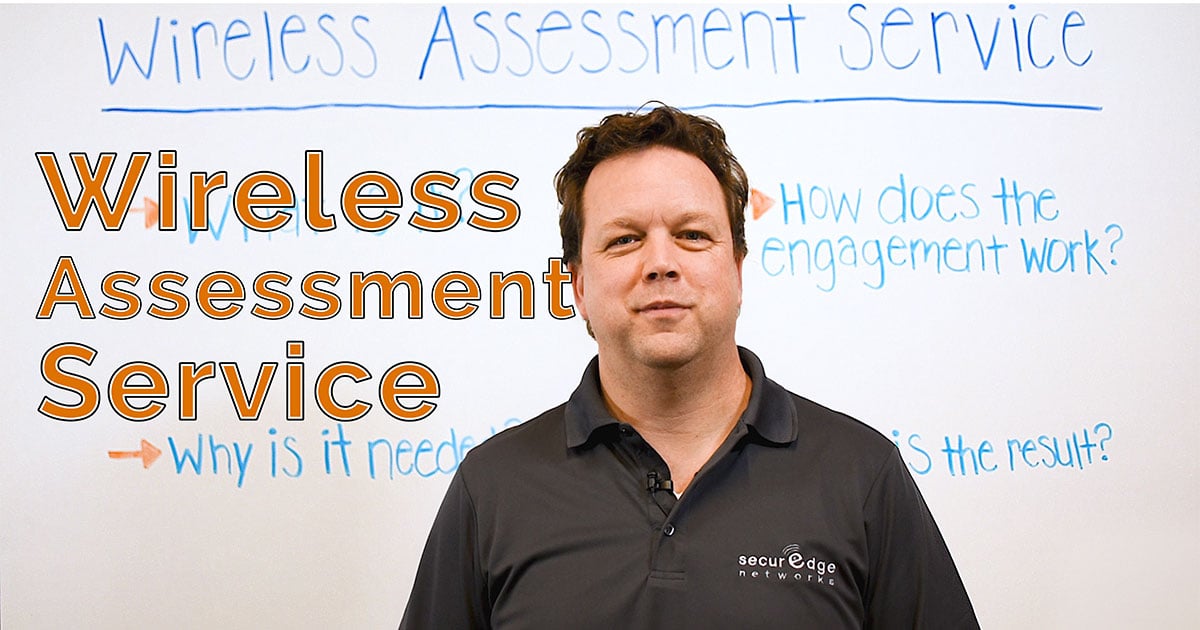
BYOD programs offer some amazing opportunities and educational benefits for those schools that choose to support it. For example, bring your own device programs promote improved personalized learning while also lowering costs from not having to provide every student with a mobile device.
However there are some pretty large obstacles standing in the way.
First and foremost, security risks and second, providing optimal WiFi performance for every device.
In order to help you overcome those challenges and unleash the full potential of BYOD in education, we’ve put together a short-list of what you need to do.
Security Challenges
How do I secure what my school doesn't own and how do I on-board and manage the amount of different devices connecting to my school's network?
Previously, we were able to control each individual device, but with BYOD the influx in types and numbers of devices has made this way more difficult for schools to do.
Instead of controlling each device separately, you need a system that manages the behavior of the devices being used.
This takes a system approach, and one of the major components of that system is network access control or NAC.
NAC is a security solution that integrates both your wired and wireless infrastructure to identify, assign, and enforce rules and policies to manage access to your school's network.
- Identify - Visibility is important, if you can’t see who or what is accessing your network, you can’t control what they can do or where they can go on your wireless network. Network access control allows you to identify: the who, what, where, when and how an end-user/device is accessing your network.
- Assign - Once the system has identified who or what is trying to gain access, it can then assign a role to that user(s) and or device(s). This is also known as role-based access control. The assigned role provides the end-user with certain capabilities and restricts them from others.
- Enforce - The different roles that have been assigned correspond to different security polices you've established beforehand to enforce or control a certain level of access, providing everyone and everything with exactly what they need, nothing more and nothing less.
Check out this video from our White Board Wednesday series on Role-Based Access Control.
NAC allows your wireless system, to take some of the heat off your IT team with, self-registration and automatic onboarding of BYOD devices. Keeping your schools IT staff free to work on all of their other many responsibilities.
Performance Challenges
With increasing numbers of devices, rising user expectations and the rapid pace at which mobile devices are changing, how do you plan on continuously maintaining your network to keep up with demand?
We have to first implement the right wireless system and then we have to measure performance on an on-going basis.
You can't just start a BYOD program and expect it to just work. BYOD means you'll have to support increasing numbers and types of devices and applications, which will require that you revisit your current wireless network design to run a variety of tests to make sure your school is ready to support this new program.
Maintaining the optimal user experience, again means measuring performance. Your network is constantly changing, it’s dynamic, and will undoubtedly need adjustments along the way.
A network management system provides real-time visibility of your entire network, allowing you to proactively monitor things like:
- APs
- Switches
- End-Users and their devices
- What your end-users are doing while on your schools wireless network.
- Signal Coverage - where your AP’s are covering throughout your K-12 campus, allowing you to see how the RF signals change throughout the day
- Device Connections - provides you with data on your end-users and their devices.
- IP addresses
- Current signal level
- What AP’s they are connected to and the channel used to access it
- Device Locations - allows pinpointing the location of your end-users devices using access points that have accessed.
Understanding and visualizing information like this will allow you to speed up the time it takes to troubleshoot and resolve problems. You can even prevent problems before they happen with proactive testing.
Ultimately, your end-users don't care how it works or why it works, just that it does work. This is why it's so critical to measure performance so you can guarantee the most productive, safest and enjoyable experience for all of your students, faculty and guests.
Closing Thoughts
BYOD isn’t going away, it enhances the learning experience for students and teachers alike, and pushes productivity and engagement numbers up due to the improved personalized learning applications.
However, other than supporting BYOD now, how do you plan on scaling your network to keep up with demand? Many schools have small IT departments, typically 1-3 people, making it incredibly difficult to manage.
On top of this, devices are changing at an incredible pace, every 12-18 months, after two cycles the technology has completely changed requiring that your wireless system changes as well (every 3-4 years).
We know today that your network has to be designed to support the devices connecting to it to guarantee the required performance. However, this is both technically challenging and financially difficult to do, so what are your options?
A subscription based wireless network, enables you to budget out your network infrastructure requirements overtime, meaning you can always have the optimal system in place to support what your end-users need.
A lot of times, schools will try and push their networks to 5, 6, even 7 years before looking to upgrade. We know it's expensive and budgets are getting tighter, but wireless isn't a "nice-to-have" anymore, it's a fundamental requirement like having electricity, so you have to find a way to continuously provide the expected levels of service.
WiFi as a service makes deploying a fast, reliable and safe BYOD program more possible than ever before, are you ready to get started?
At SecurEdge, we provide the platform that simplifies networking. If you have any questions or would like to discuss an upcoming project, please contact us here.






